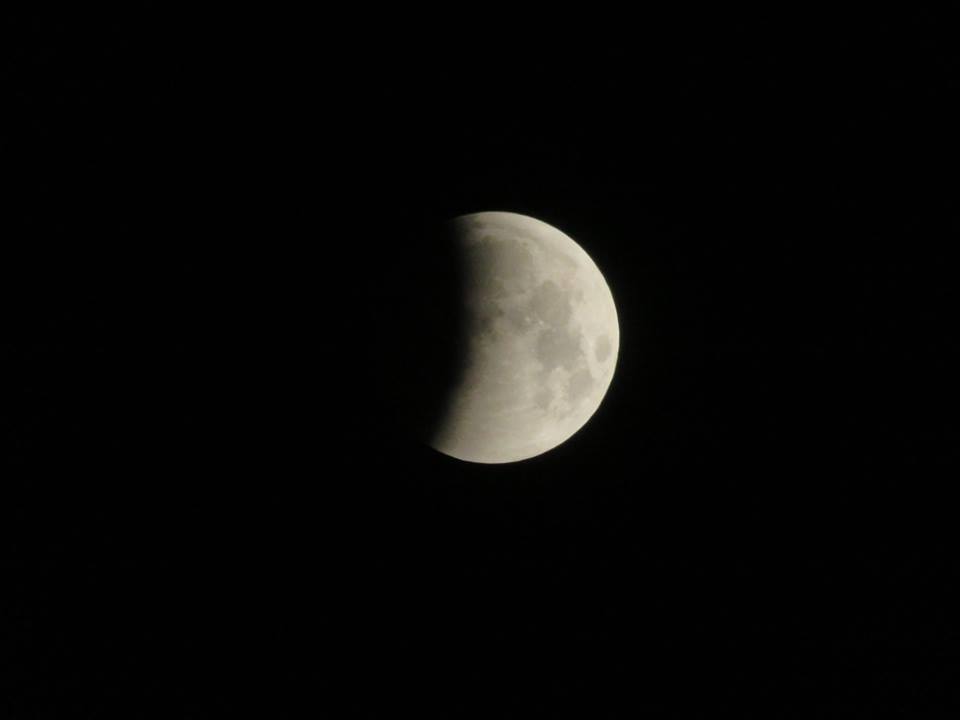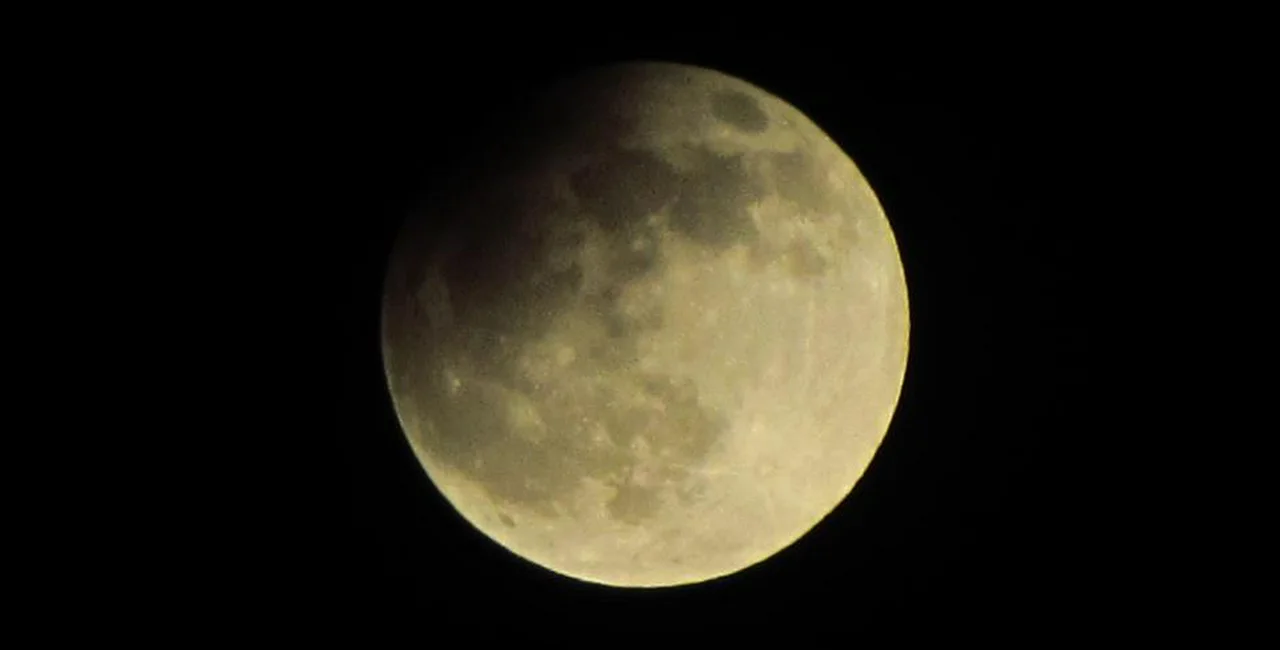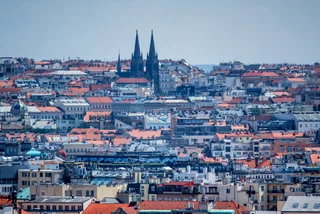The edge of the moon will darken and turn a dusty shade of red on the night of July 16, when a partial lunar eclipse occurs. It is the last eclipse of any kind of the year that will be visible from Prague.
A partial eclipse mean that the Earth’s full shadow will only cover part of the moon. It is less impressive than a total eclipse but still makes for good photographs with a decent camera.
The only other significant celestial event left this year is when Mercury crosses the sun on Nov. 11. Unlike a solar eclipse or the Mercury transit, a lunar eclipse is safe to look at without special glasses.
The July 16 eclipse
will already have started when the moon rises at 8:59 pm, as the moon
will be in the Earth’s penumbra, or secondary shadow. This just
makes the moon a bit darker than usual and is hard to notice.
The partial eclipse, when the Moon enters the Earth’s primary shadow, starts at 10:01 pm. The moon will be close the horizon in the southeast. The darkened area of the moon will grow larger until it reaches a maximum at 11:30 pm, with about 65 percent of the moon’s face covered in shadow. The moon still won’t be very high in the sky, just 14 degrees (with 90 being straight up), so finding a place without buildings or other obstructions is essential.
The moon still won’t be very high in the sky, just 14 degrees (with 90 being straight up), so finding a place without buildings or other obstructions is essential. If the sky is cloudy, of course, the eclipse won’t be visible at all.
The process then
reverses, and the moon leaves the Earth’s main shadow at 12:49 am
(technically July 17). The moon stays in the Earth’s secondary
shadow until 2:17 am.
If you have a camera that allows you to make settings, you can emphasize the shadow and the details of the moon by taking the exposure down about two F stops. On the other hand, opening up the F stops will show color and details in the shadowy part, but overexpose the rest of the moon. A tripod also helps. If you don’t have a tripod, take the exposure sensitivity, or ISO, down to 1600 or 3200. This should make for a faster exposure and reduce the shakiness.

A lunar eclipse is
caused when the Earth gets between the sun and the moon, so the
Earth’s shadow hits the moon. An eclipse can only happen during a
full moon. The full moon in July is called the buck moom, antler moon
or thunder moon.
Since the moon turns reddish, which is much more noticeable in a total eclipse, an eclipse is sometimes called a blood moon. Its appearance has been associated with historical tragedies. Statistically though, there is no significant effect.
The next partial
lunar eclipse visible form Prague will be May 16, 2022. There are
also be two very minor lunar eclipses in 2020, with the moon just
entering the secondary shadow.
The next partial solar eclipse visible from Prague will be June 10, 2021, when just a sliver of the sun will be blocked by the moon. A total eclipse on that date will be visible in parts of Siberia, the Arctic, Greenland and Canada. A better eclipse will take place Aug. 12, 2026, with almost all of the sun covered. A total eclipse will be visible in parts of Spain near the French border.












 Reading time: 3 minutes
Reading time: 3 minutes 





















